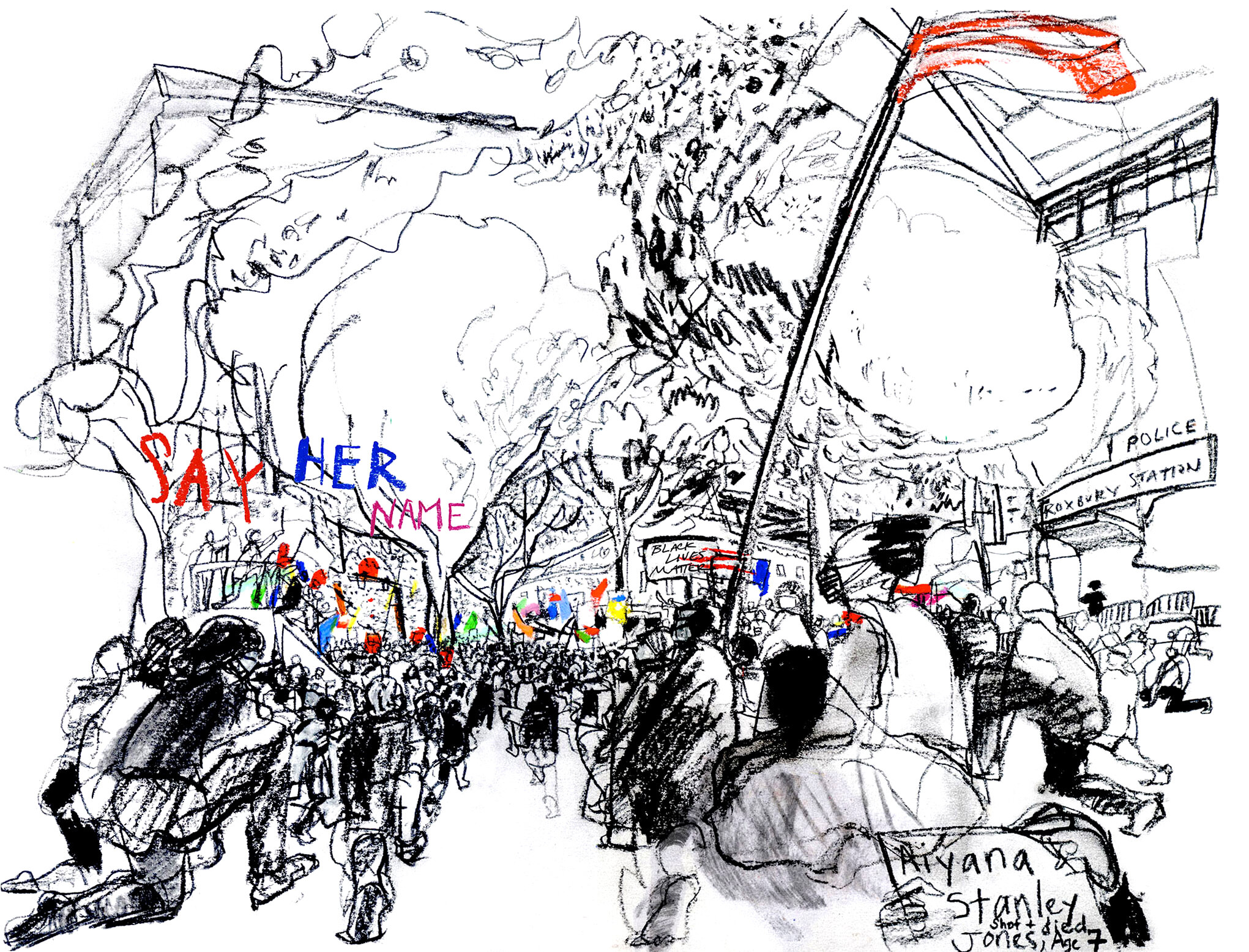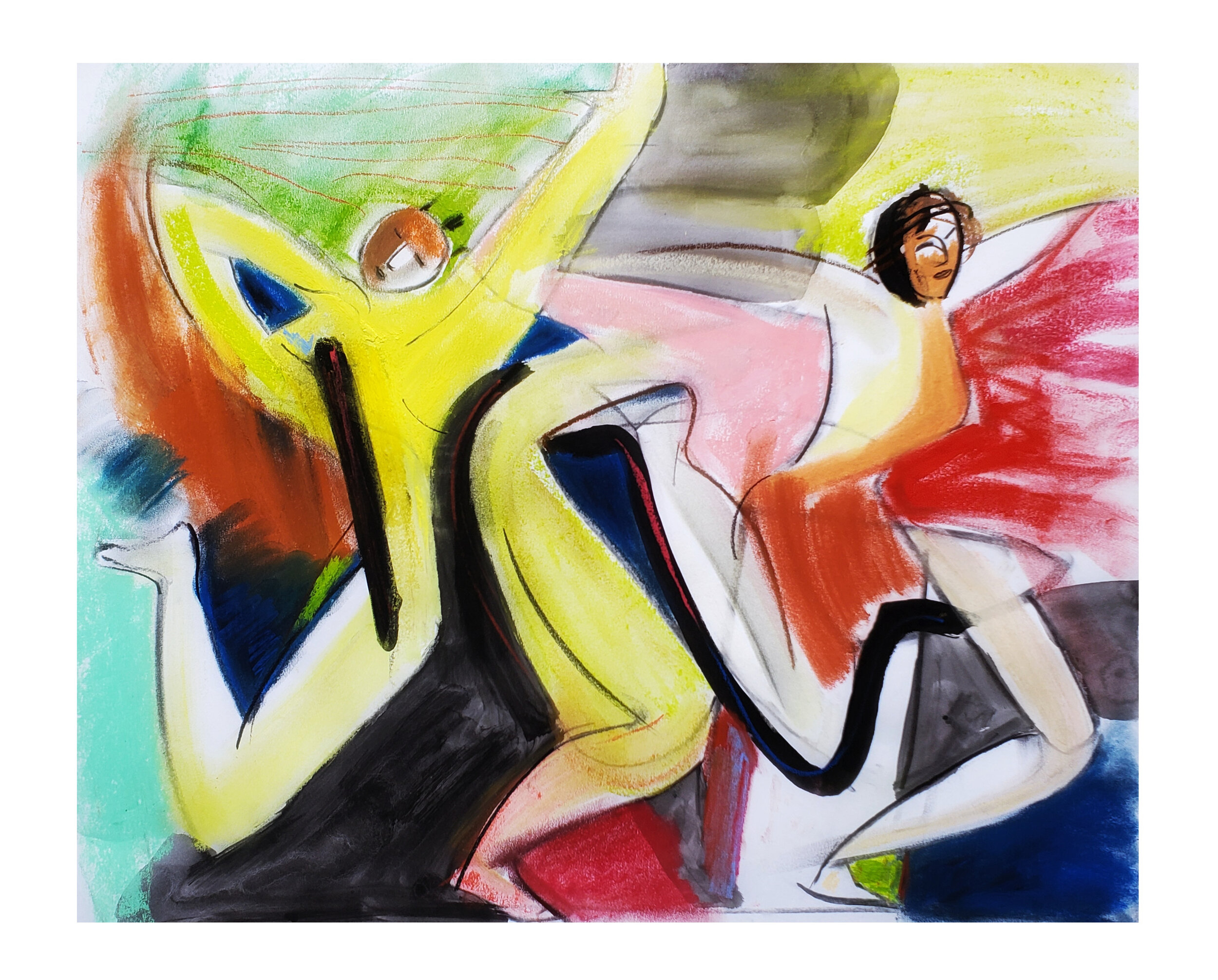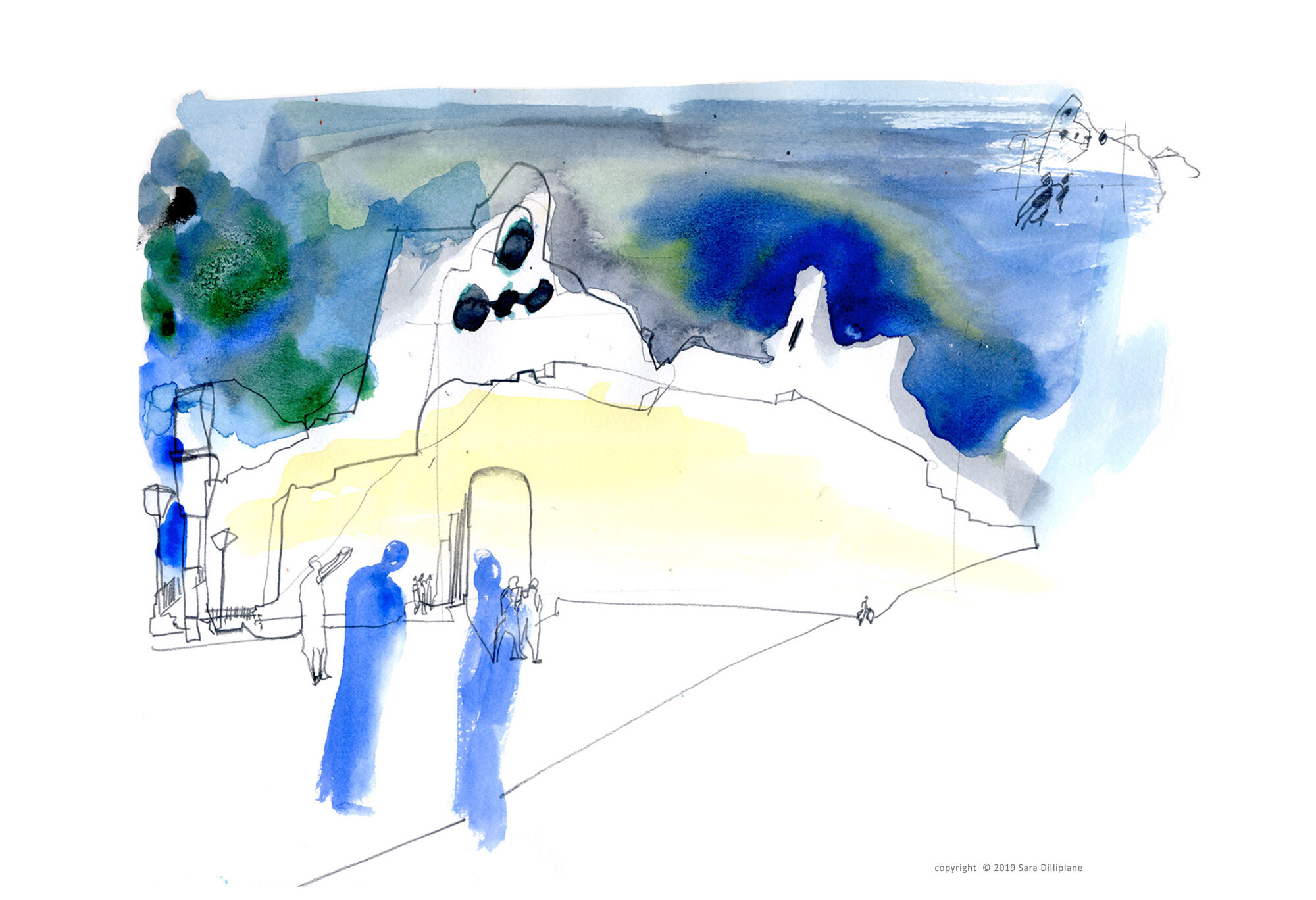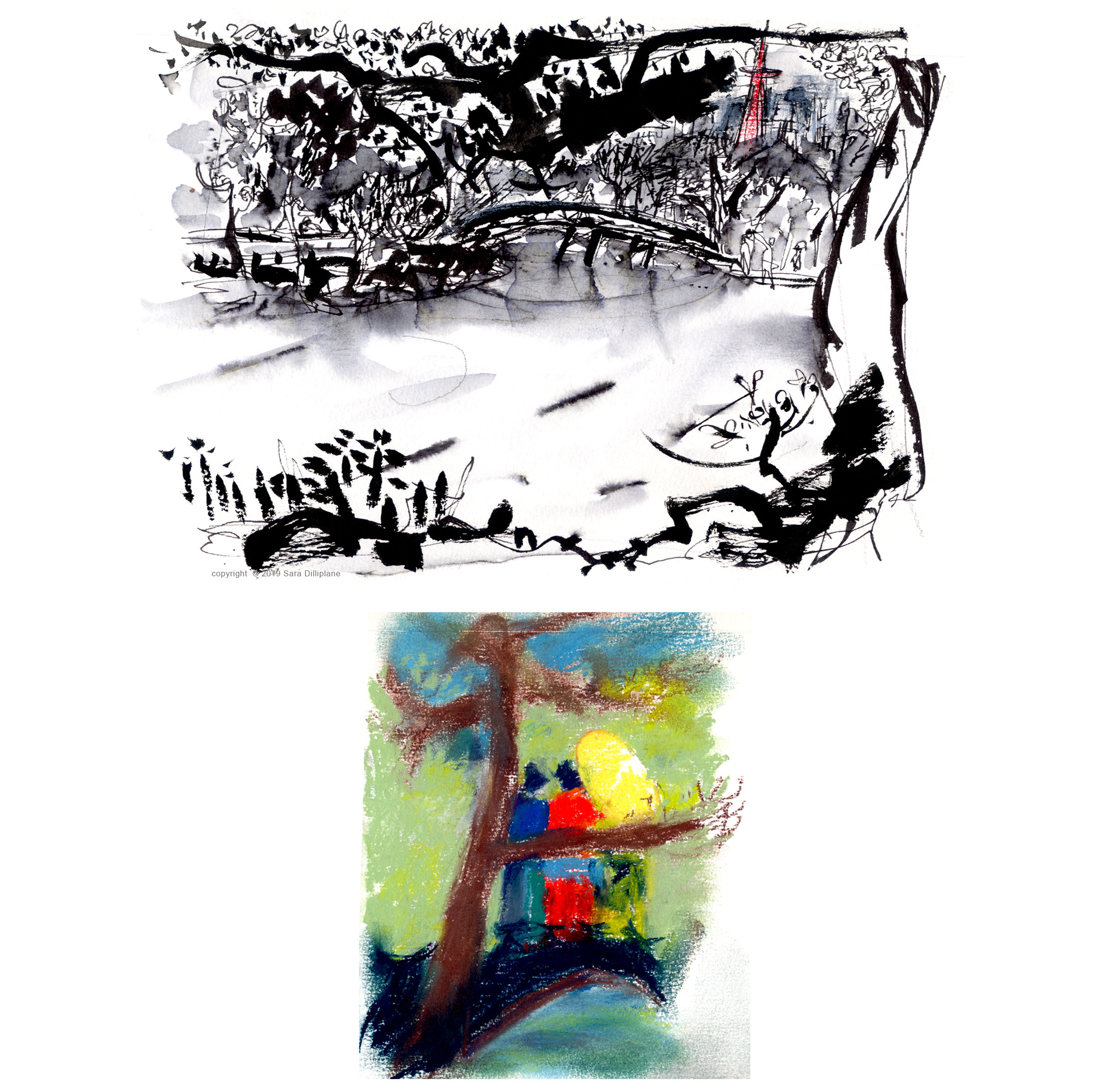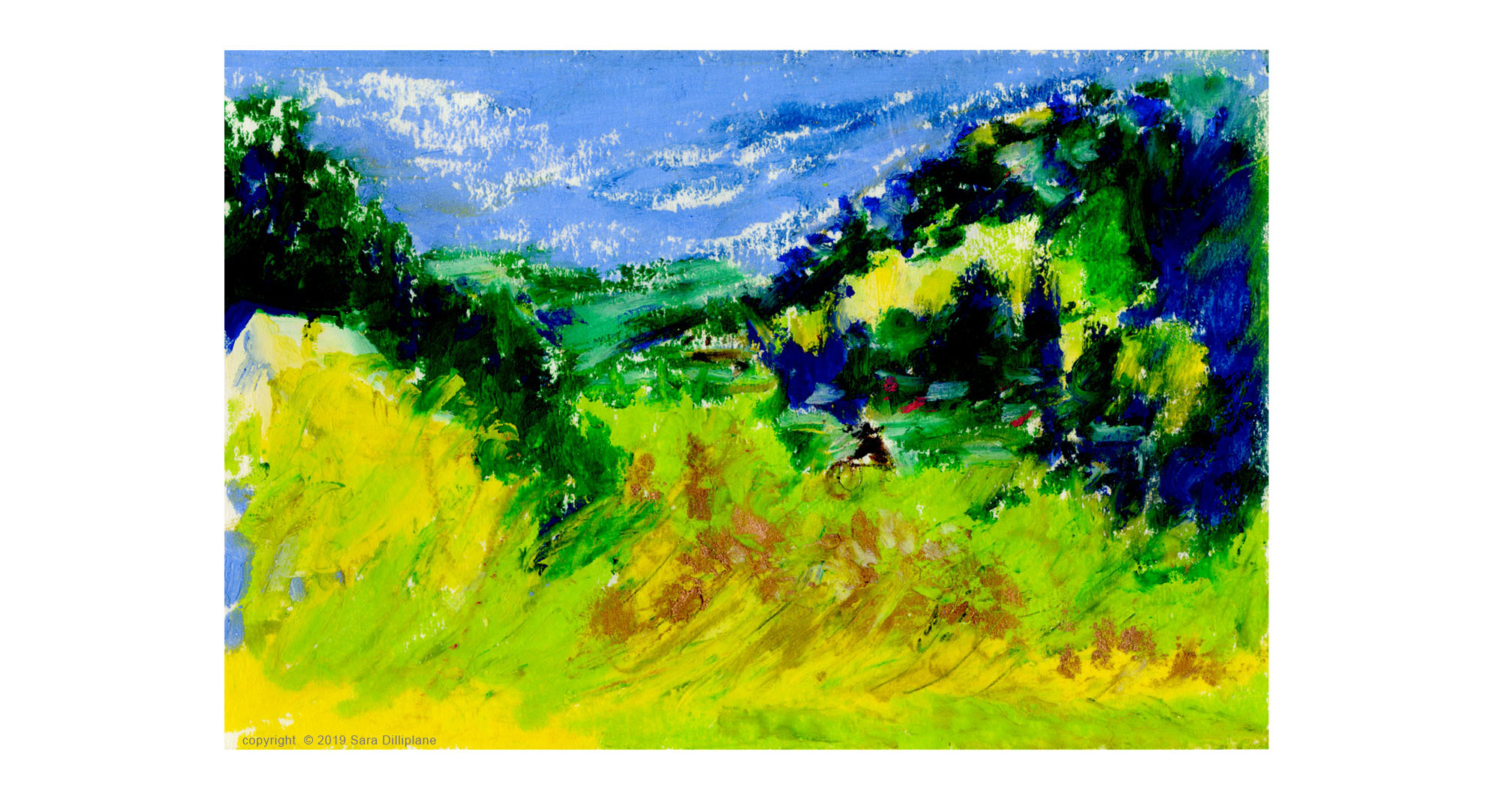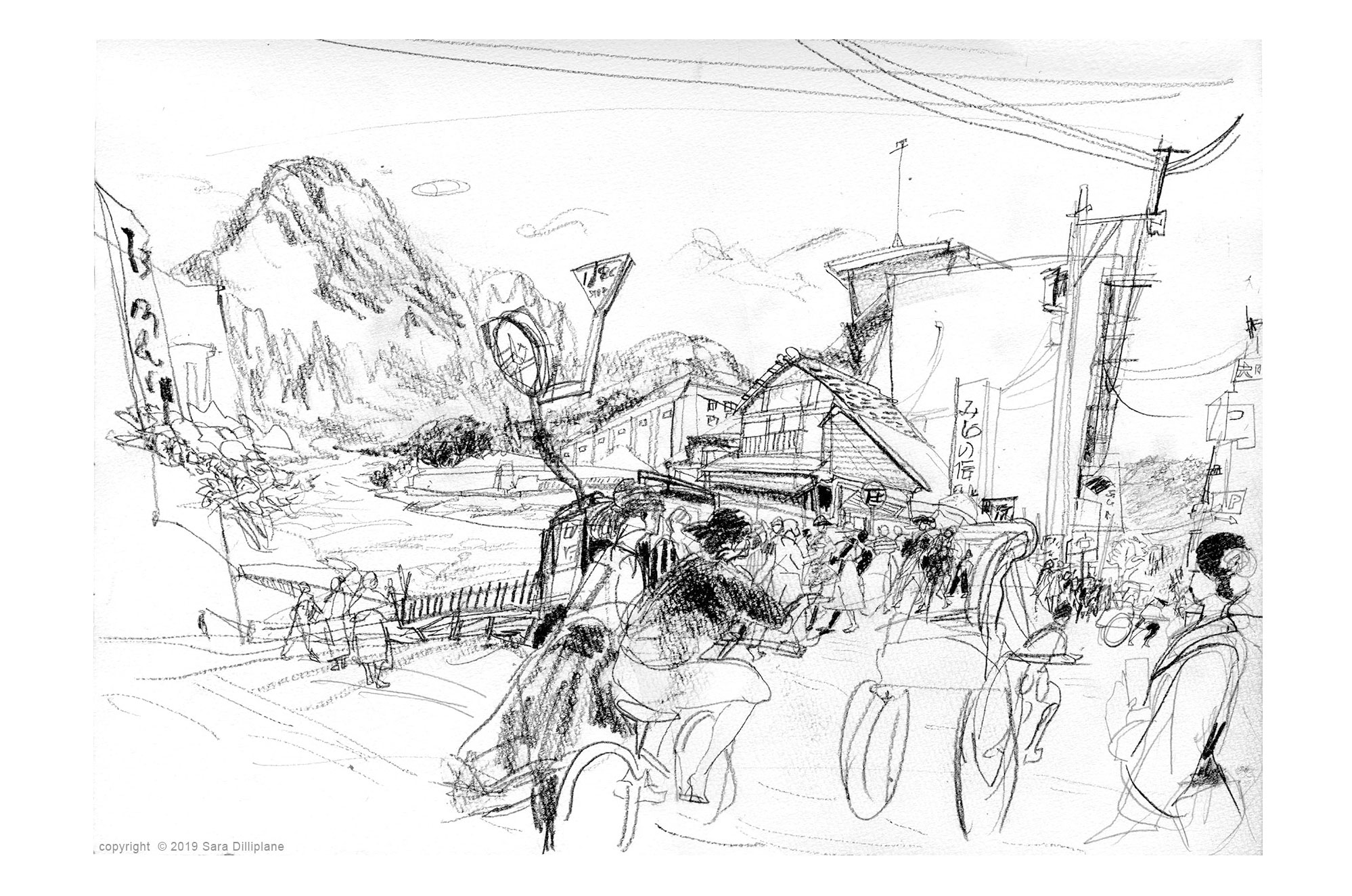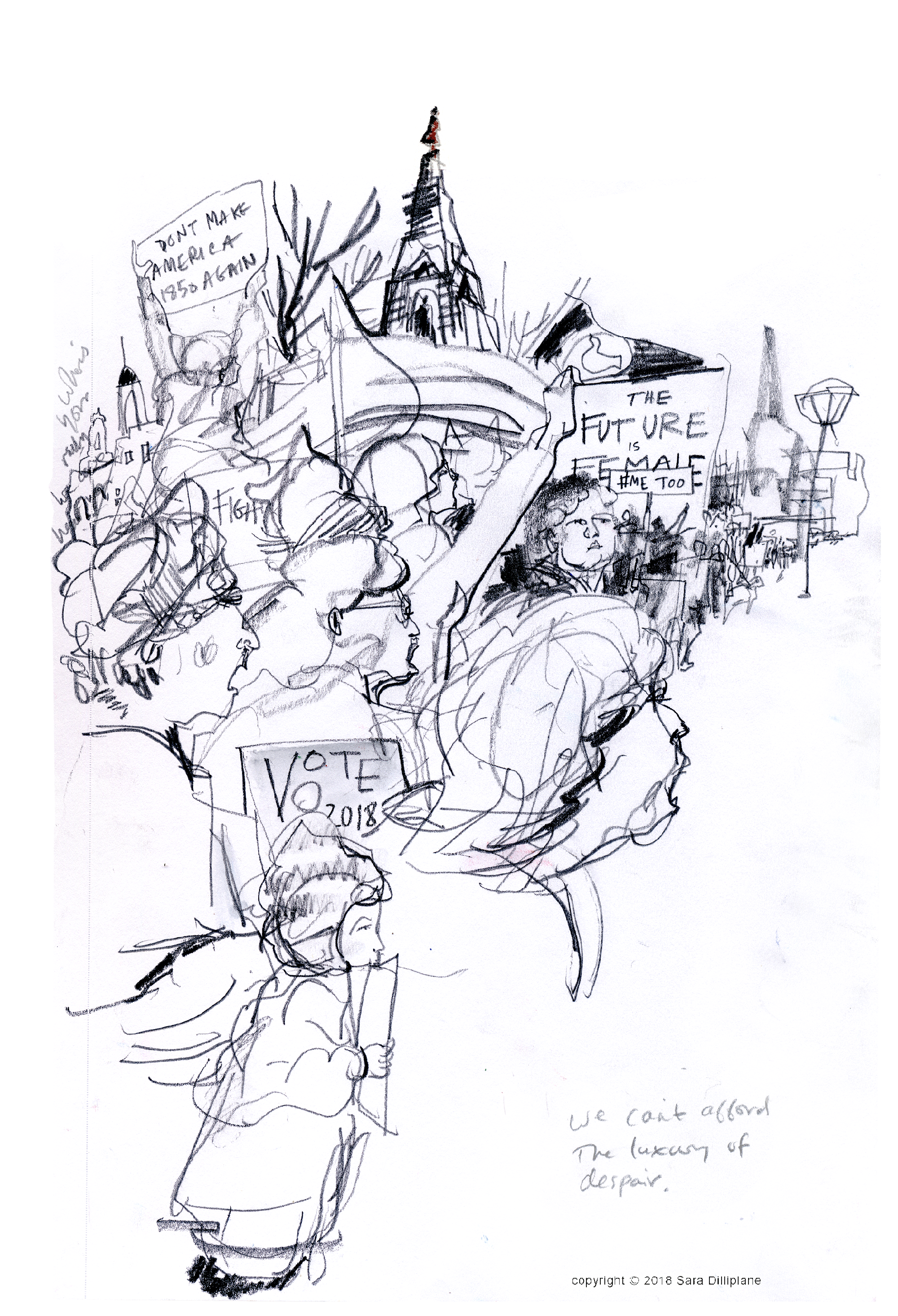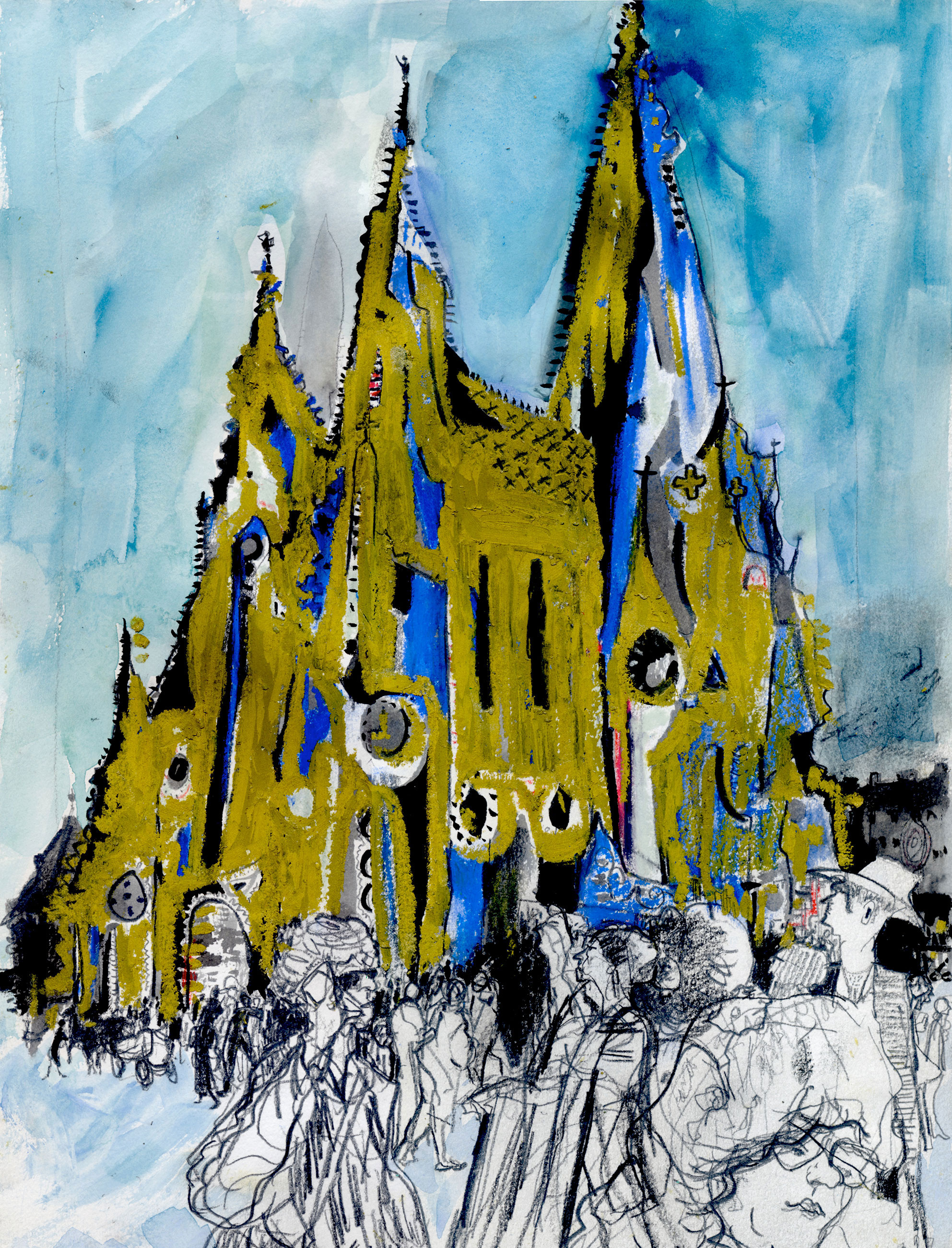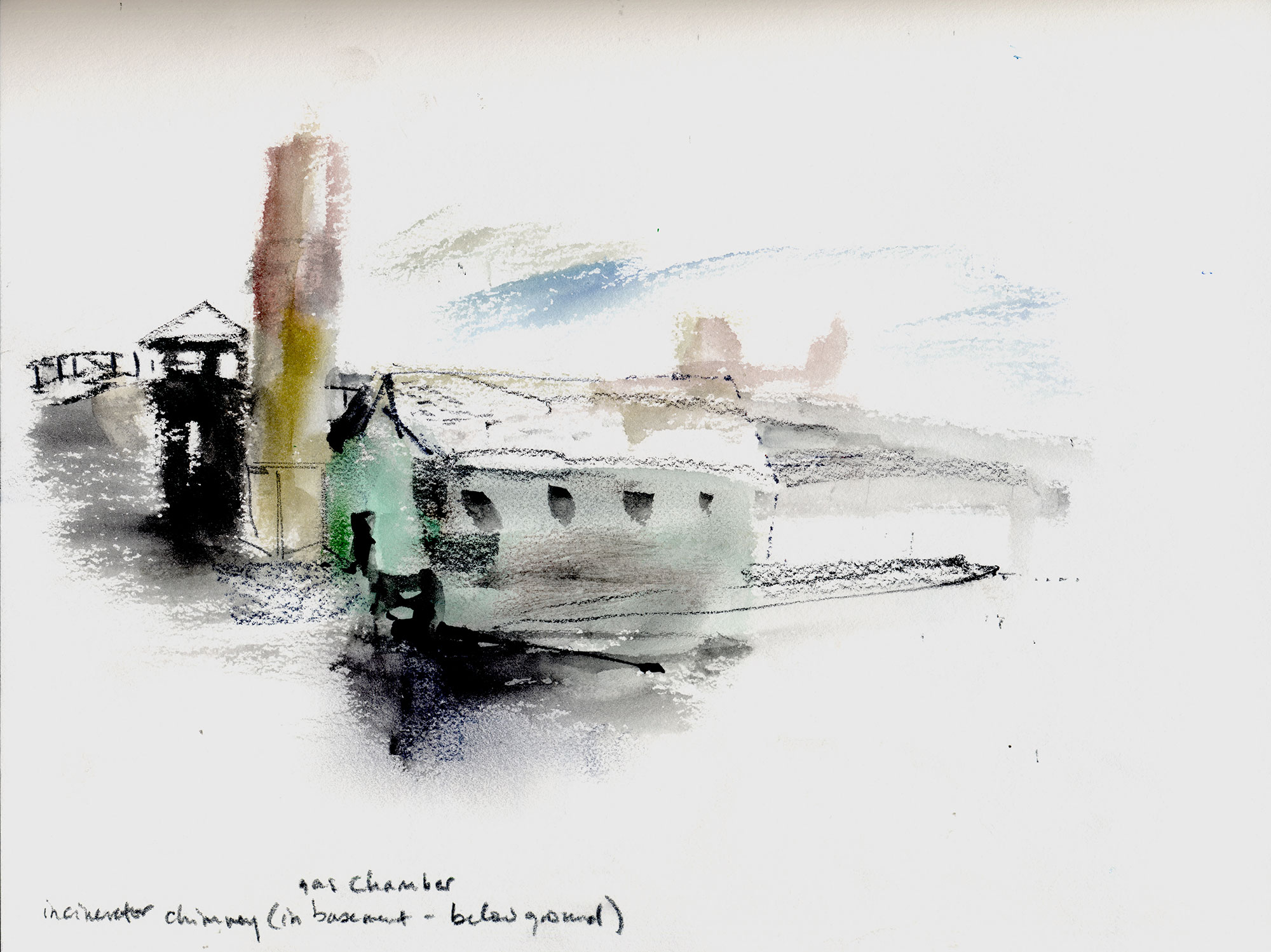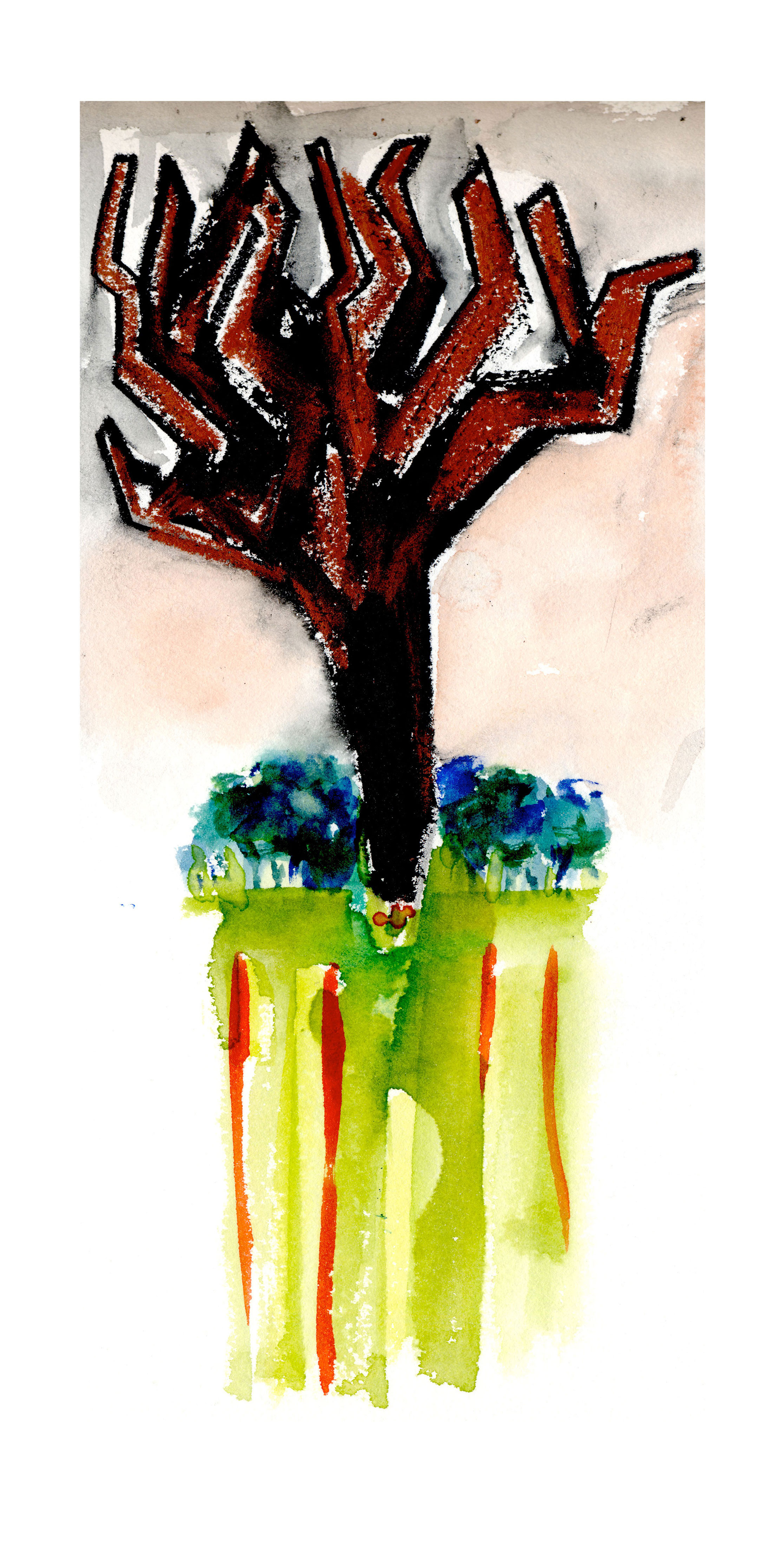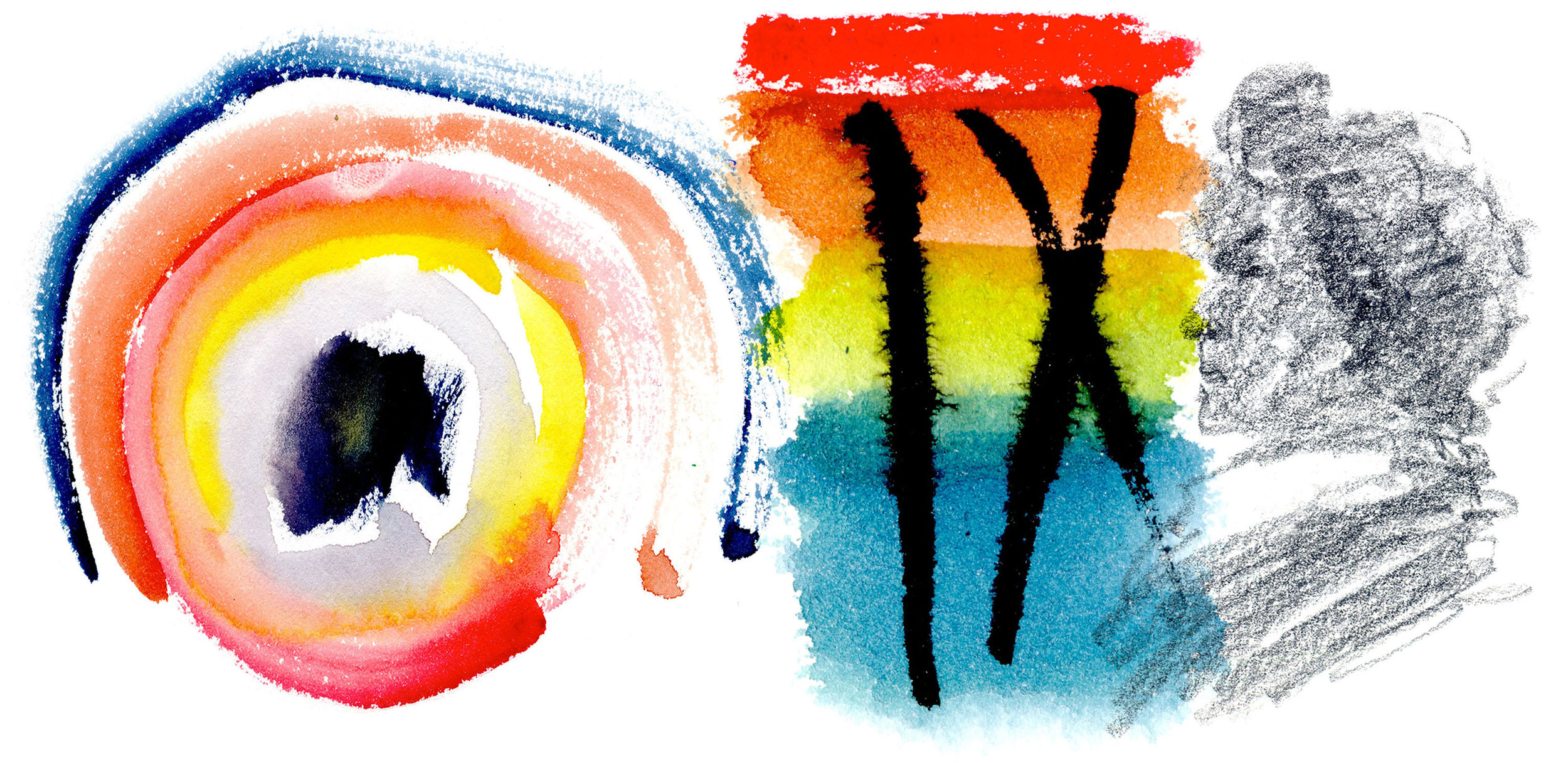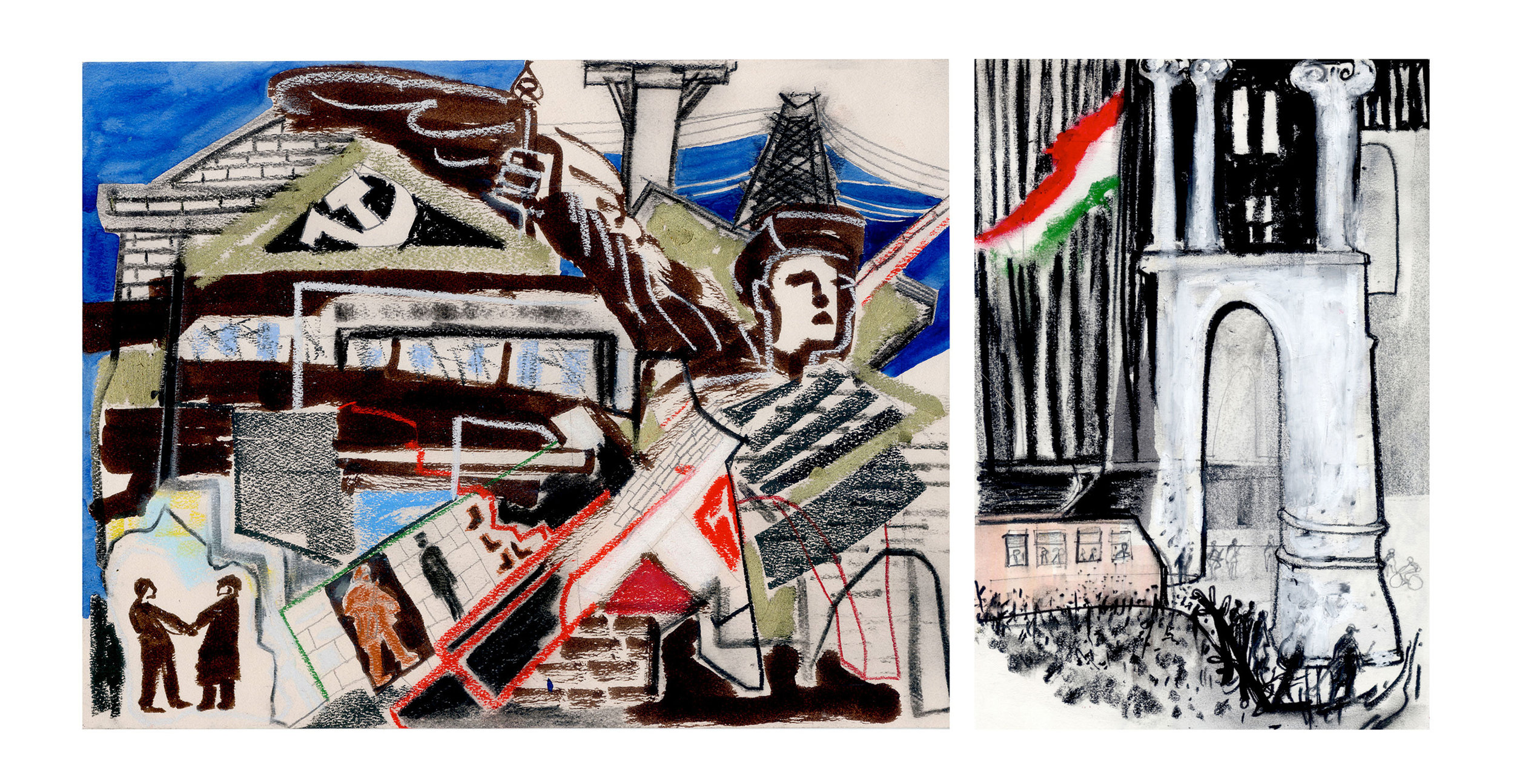Last Saturday in Boston, there wasn’t the usual grand pyrotechnic-musical display of patriotism for the 4th, but a different kind of fireworks definitely took place. Black Lives Matter Boston planned a “Say Her Name” march, aiming to redirect focus to the particular space women hold in the Black Lives Matter movement:
“On Saturday, July 4th, we will gather to center and uplift the lives of ALL Black womxn in a march from Nubian Square to Boston Common, followed by a celebratory rally in the Common where we will share music, food, the arts. There will be radical joy and dancing because, as Audre Lorde wrote, "it is better to speak/remembering/we were never meant to survive." Womxn hold up half the sky all over the world and have always been essential, yet Black womxn are too often overlooked, erased, and devalued. Show up for Black womxn.”
The rally started off at Nubian Square in the heart of Roxbury, Boston. This square was only last month changed from the original “Dudley Square,”named after the Puritan governor Thomas Dudley who first promoted laws to permit slavery and whose family was personally responsible for kicking off the slave trade in New England. Now it is named for an ancient African region, home of those slaves’ lands of origin, which felt like the perfect symbol for the theme of the rally: reclaiming, honoring the past and those lost - and resetting the compass for building social equality.
There was a circle of drums and members of the group, Sistahs of Calabash, led chanting, dancing, and incense burning to honor women slain by law enforcement. One Sistah, Isaura Oliveira was draped in the painted names of 27 female victims, and danced a traditional Yoruban egungun dance calling on the Great Mother ancestors for guidance and purification.
The Sistahs of Calabash describe themselves as “daughters of Great Mothers and descendants of Afro-indiginous ancestors from the African diaspora - an intergenerational tribe of shamans, artists, energy workers, herbalists, shamans, sound therapists. We are brought together by our ancient spirits to build our indigenous local and global community… and to heal… the oppression, colonialism, and generational trauma.”
Then a stage was shared by Chief Sachem Wompimeequin Wampatuck of the Mattakeeset Tribe (MA Indian Nation) and Sistah of Calabash, Mawakana Onifade. Chief Sachem spoke about his ancestors being driven from or killed on this land, that he felt a spiritual calling to join this march even though he feels sick speaking about his peoples’ experience because the injustice is almost too hard to bear. “My people never signed over this land to Boston.” He sang a song sacred to his people to close. Sistah Onifade then performed a healing ceremony asking protestors to repeat the names of fallen black women as she poured water from a bottle with each name.
The rally then turned march as everyone headed through the city towards Boston Common. Loudspeakers blasted Bob Marley and Beyonce from a truck, layered onto the sounds of the crowd chanting and a local marching band. The route took protesters down Malcolm X Boulevard, past the Boston Islamic Center, and then the Boston Police Headquarters, where everyone remained peaceful but didn’t hold back with calls for reform.
As the march continued down Columbus Avenue, past boutique hotels and upscale restaurants with socially distanced outdoor diners, protesters started to chant “black people used to live here!” This South End area of Boston has systematically pushed out minorities, with the percentage of black residents now in the low teens. Housing discrimination and eviction is rampant in both Boston and it’s surrounding suburbs. To this point, there was a stop at the famous statue of Harriet Tubman, where Violence In Boston founder Monica Cannon-Grant ordered everyone to get out their phones and go to the IAMHARRIOT Facebook page. She alerted everyone to a developer’s plan to replace the Harriet Tubman house with luxury condos.
“Black women are [still] on the front lines ready to lay down their lives,” Cannon said. The energy of thousands of fingers looking up this latest injustice on Facebook was palpable as people realized the history that could be buried under a new row of luxury condos, literally right under their feet.
After hours of marching, we all reached the Boston Common, crowding around the Parkman Bandstand as the sun set behind the trees.
Sistah Mawakana Onifade cleansed the space with another Yoruban healing chant: we were all standing on the very spot used first by American Indians as a sacred burial space and then turned into an auction block to sell African slaves.
“We are saying, you had dignity, power and value. We can feel you in our bones. You live on in us and we WILL fight back.”
To read the stories about the women honored and remembered at this rally, visit: www.shncollective.org
For more information on the fight to save the Harriet Tubman house, visit here.

